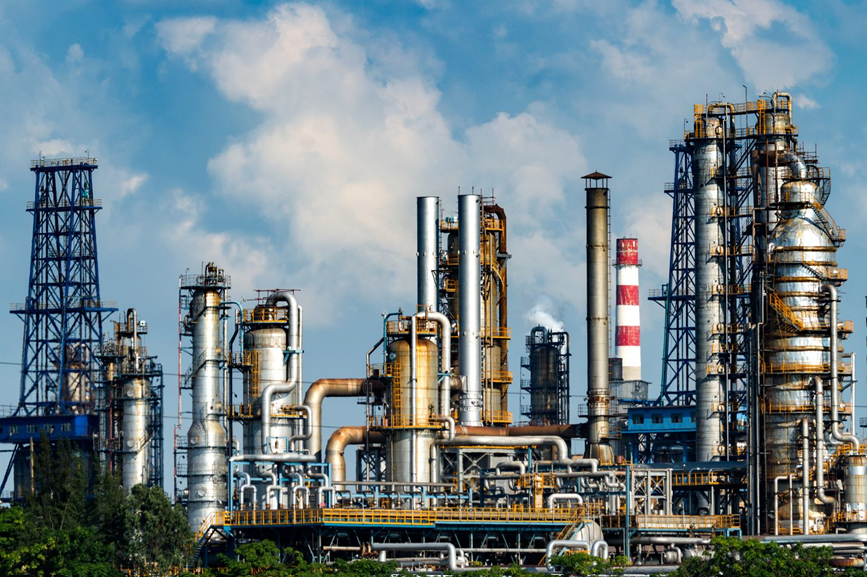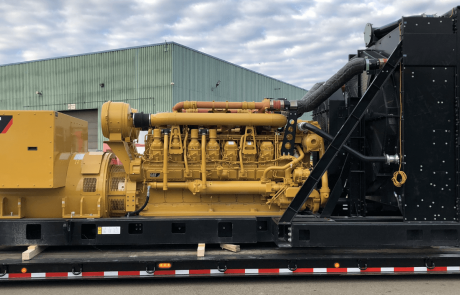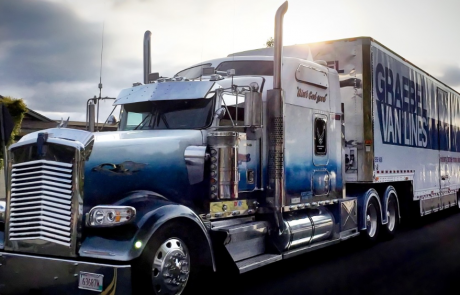A Revolution in
Net-Hydrogen Fuel
Hydrogen fuel has had difficulty gaining traction because of challenges in storage and distribution, as well as the cost of emissions-free production.
- As a gas, hydrogen must be stored in a high-pressure tank to hold enough fuel for transportation purposes.
- Or, storing hydrogen as a liquid has required a cryogenic tank to maintain the necessary below-freezing temperature of -253°C (-423.4°F) to keep hydrogen in liquid form.
Until now.
Metrol™ Net-Hydrogen fuel is liquid at room temperature and pressure.
Metrol™ is produced with zero emissions using renewable energy. The HydroCarbonSplitter™ liberates hydrogen for Metrol™ production while at the same time capturing carbon and transforming it into an economic asset.
Metrol™ overcomes the most important barriers to the adoption of hydrogen as a clean fuel:
- production cost,
- storage, and
- distribution.
Existing combustion engines can easily be retrofitted to run on Metrol™ in about the time it takes to do an oil change. Most vehicles and electricity generation systems can be converted to operate interchangeably on Metrol and their original fuel.
Hydrogen Combustion Engines actually exceed the Zero-Emissions Vehicle (ZEV) specifications.
- Engines running on hydrogen have no GHG emissions.
- They clean the air that passes through the combustion chamber, burning pollen, particulates, and other harmful substances in the hydrogen combustion process.
- They are “Minus Emissions Vehicles” (MEVs). MEVs could eliminate 50% of global CO2 emissions.
The benefits of this net-hydrogen fuel dramatically improve the viability of hydrogen as an energy carrier.
- It can be stored in existing tanks and distributed at your local filling station.
- Its easy portability opens the way for its use in vehicles, power generators, and industrial processes.
- It can also be used in fuel cells, such as are used in electric vehicles and for electricity generation in stationary, portable, and emergency backup systems. In this use, the hydrogen generates power through chemical reaction rather than combustion.
- It fuels the existing infrastructure including transportation hubs, pipelines, fueling stations, and fuel cells.
Metrol™ + HydroCarbon Splitter™ also supports a rapid pathway to Net-Zero fuel for the fossil fuel industry.
With HydroCarbon Splitters™ at existing oil refinery sites, harvested hydrogen can be used to make Metrol™ while the harvested carbon can be sold as a commodity and used for new product development.

To reduce carbon emissions, increase energy security, and support economic growth in a reasonable timeframe, we must not eliminate combustion engines and devices.
Let’s convert them to run on clean hydrogen fuel.
Hydrogen-based Technology Breakthroughs
HydroCarbon Splitting
This breakthrough technology pre-emptively separates hydrogen from carbon in all types of hydrocarbon feedstocks
- biomass,
- biowaste, and
- fossil fuel.
Harvested Carbon
Carbon that is pre-emptively harvested from biomass, biowaste, and even fossil feedstocks transforms from a dangerous waste to a valuable asset.
Clean Air Injector-Igniter
Combustion engines retrofit with this smart fuel injection system run emissions-free on net-hydrogen fuel.
Hydrogen Fuel
This revolutionary
net-hydrogen fuel is liquid
at room temperature and pressure. It is a renewable, sustainable zero-carbon energy carrier.
Algae CO2 Drawdown
Rapid-growth microalgae draws down atmospheric CO2 at the rate of 2.7 tons per acre per day. Using algae as a biomass feedstock co-harvests carbon and hydrogen in a renewable, zero-carbon emissions process.
Partner Resources
Helpful Links








